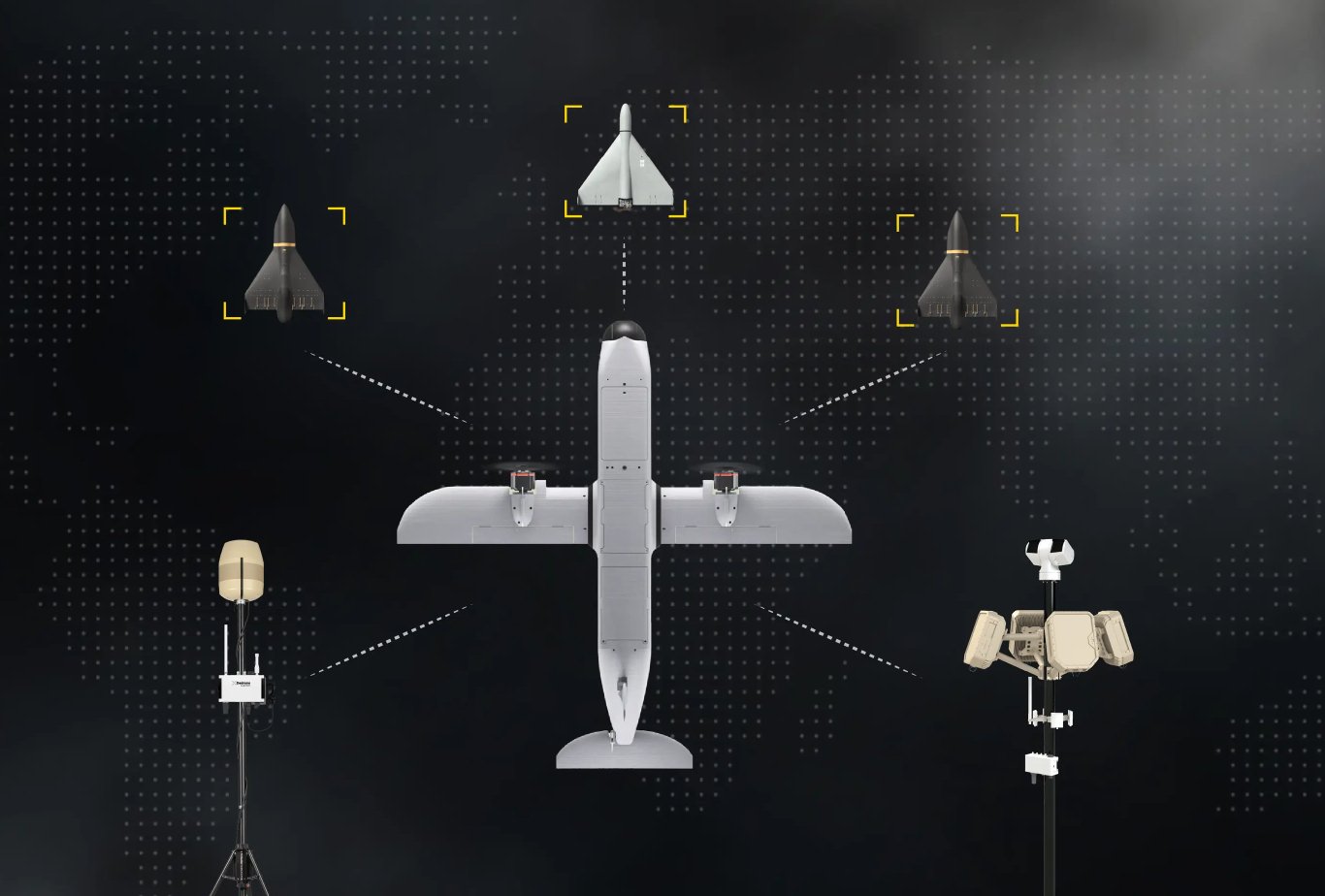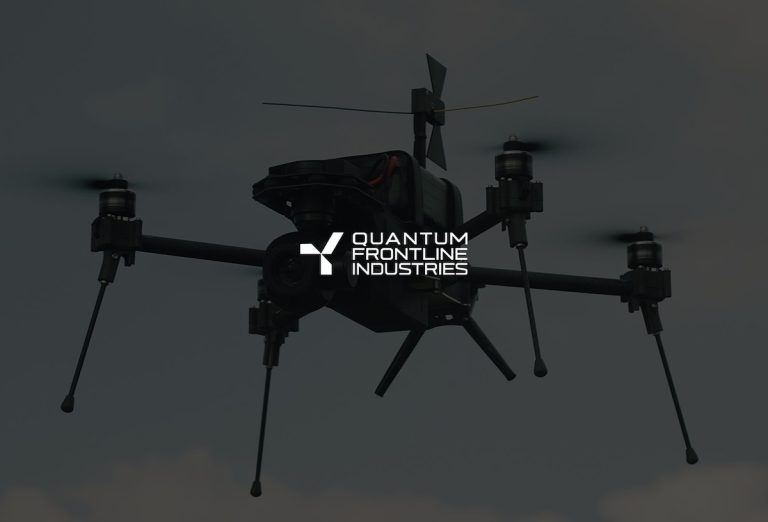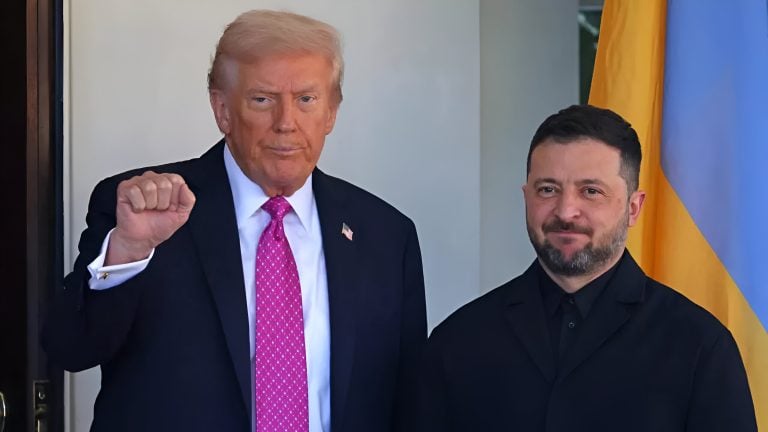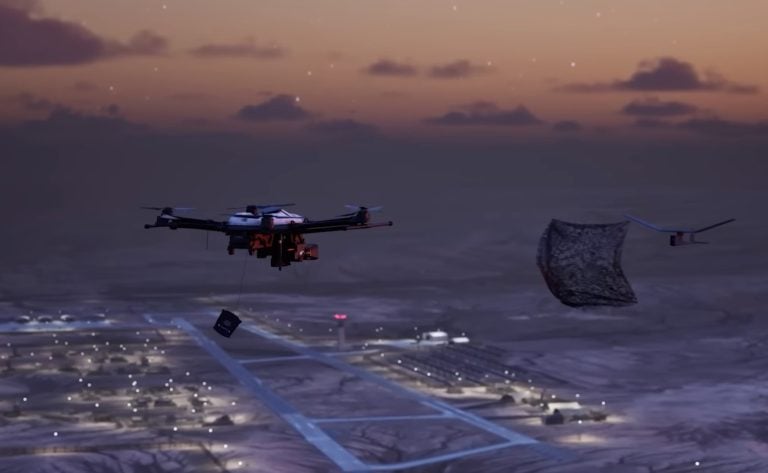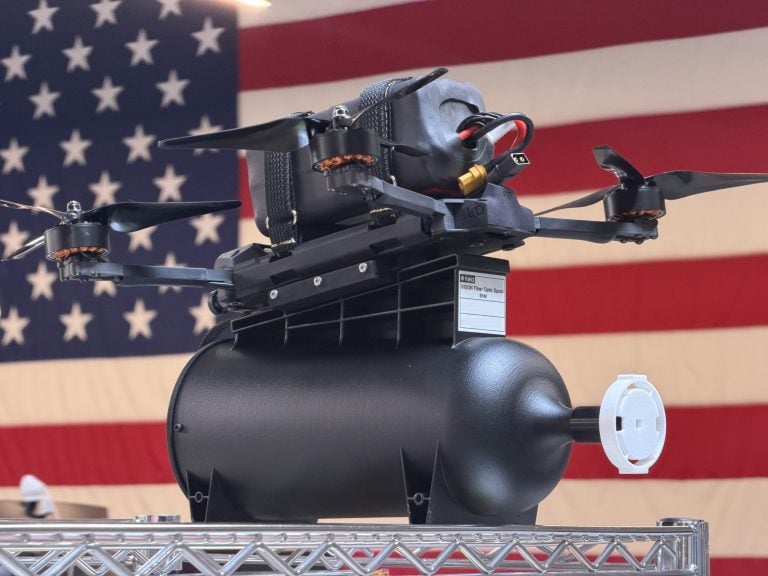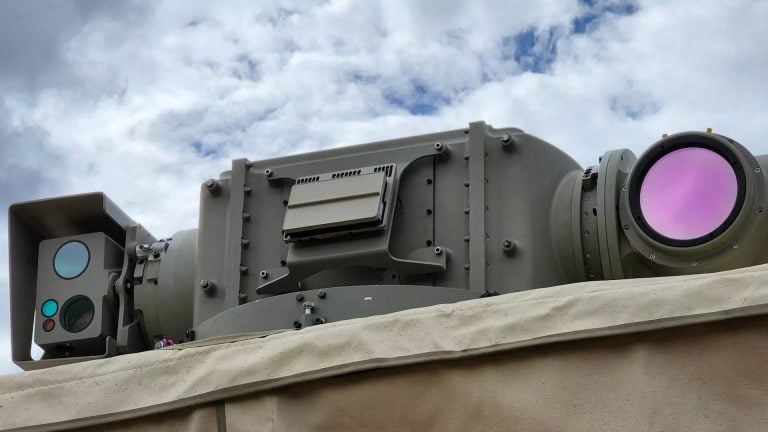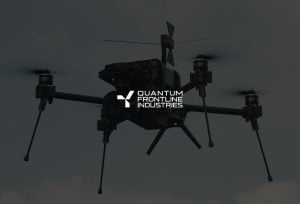A significant partnership has emerged in the defense sector as US-based Dedrone, a subsidiary of Axon, collaborates with German firm TYTAN Technologies. This alliance aims to bolster NATO’s capabilities in detecting and responding to drone threats across allied airspace.
The collaboration leverages Dedrone’s advanced AI-driven airspace monitoring platform alongside TYTAN’s autonomous interceptor systems, which are designed to effectively locate, track, and neutralize hostile drones. This comprehensive approach results in a full-spectrum counter-unmanned aircraft system (C-UAS) capable of addressing threats that range from small commercial unmanned aerial vehicles (UAVs) to larger, military-grade Group 3 drones.
Dedrone’s Tracker.AI platform has already gained traction internationally, currently operational in over 30 countries and credited with more than 800 million drone detections. Its technology integrates various data forms—radar, radio frequency, optical, and acoustic—into a cohesive view of airspace, thereby enhancing situational awareness.
In combination with Dedrone’s platform, TYTAN’s interceptor systems introduce a kinetic response capability, enabling NATO partners to swiftly transition from threat identification to neutralization—often within mere seconds.
This partnership is particularly timely, given NATO’s increasing focus on fortifying air and drone defenses. Recent conflicts, such as those in Ukraine and the Middle East, have underscored the effectiveness of small, low-cost drones in attacking critical infrastructure and overwhelming traditional defense systems.
In response to this evolving threat landscape, Germany has commissioned Hensoldt to enhance its counter-drone systems within military bases and major airports, utilizing a combination of radar and electro-optical tracking integrated with jamming technology.
France is also taking significant steps, recently placing a $600 million order for counter-drone and air defense systems as part of its Military Programming Law for the 2024-2030 period.
On a broader scale, the European Union is planning to establish a “drone wall” along its eastern border to combat aerial incursions, particularly from Russia. This ambitious project aims to create a coordinated detection and defense network by linking radar, sensors, jammers, and interceptor drones.
As these developments unfold, NATO’s strategic partnership with Dedrone and TYTAN exemplifies a proactive approach towards enhancing airspace security in an environment increasingly threatened by drone technology.
